Looking for vegetables that start with B? You are in the right place. Not only have we compiled a list of vegetables starting with the letter B, we’ve also highlighted the numerous benefits these vegetables offer.
You may and may not be familiar with all these, but that's the idea. This article will help you learn some new vegetables that may help your game of Trivia. You’ll know which of these can be eaten raw and which has to cooked.
My favorite part is that you get to learn about new recipes that you can try. Adding more veggies to your daily menu is always a good thing! Excited yet? So let's get straight to our list vegetables that start with B! Don’t forget to leave me a comment indicating your favorite.
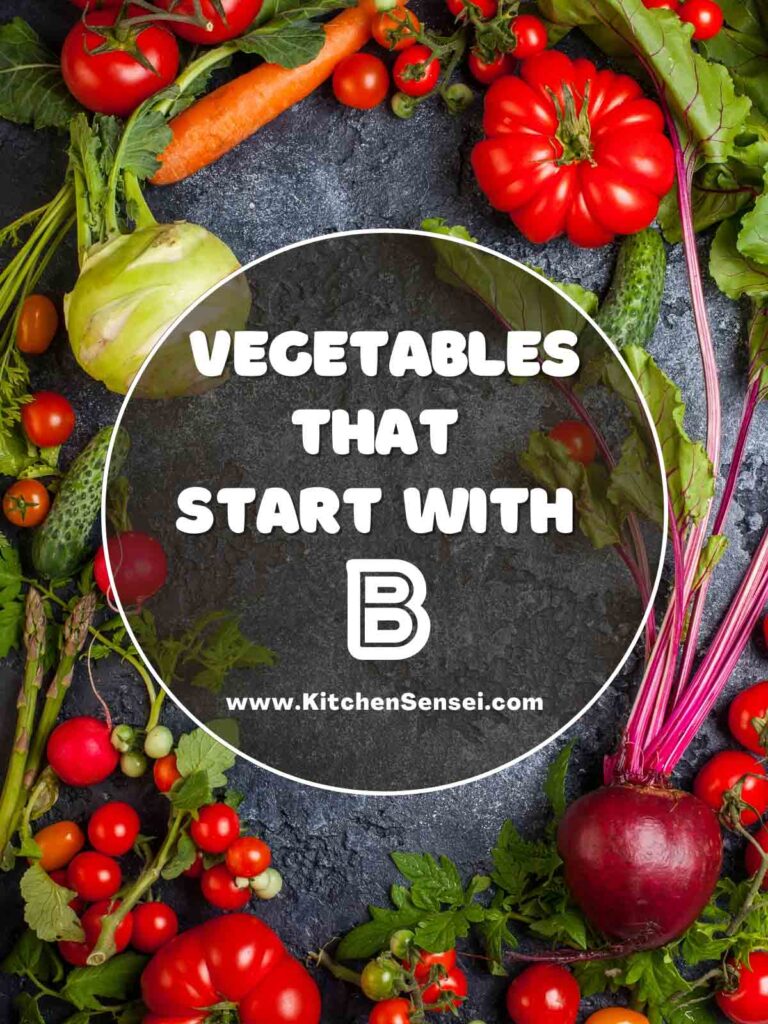
If you love this type of articles, you should check out our Foods that start with, Fruits that start with and Vegetables that start with series.
Classification of Vegetables
Vegetables are classified based on the parts that are eaten. Because of this mode of classification you are going to find that some vegetables will fall into more than one category
They can be classified as bulbs (onions), fruits, flowers, fungi (mushrooms), leaves, stems, roots, seeds, and tubers. You may find this infographic useful.
Vegetables that start with B
- Broccoli
- Brussel sprouts
- Bok Chou
- Broccolini
- Broccoli rabe
- Broccoflower
- Beans
- Bean sprout
- Beets
- Bell peppers
- Black eyed peas
- Buttercup squash
- Butternut squash
- Black beans
- Bamboo shoots
- Bayleaf
- Banana squash
Related: Foods that start with A, Vegetables that start with C, Foods that start with B

More on these Vegetables that begin B
In this section we will tell you more about these vegetables that begin with B.
1. Broccoli
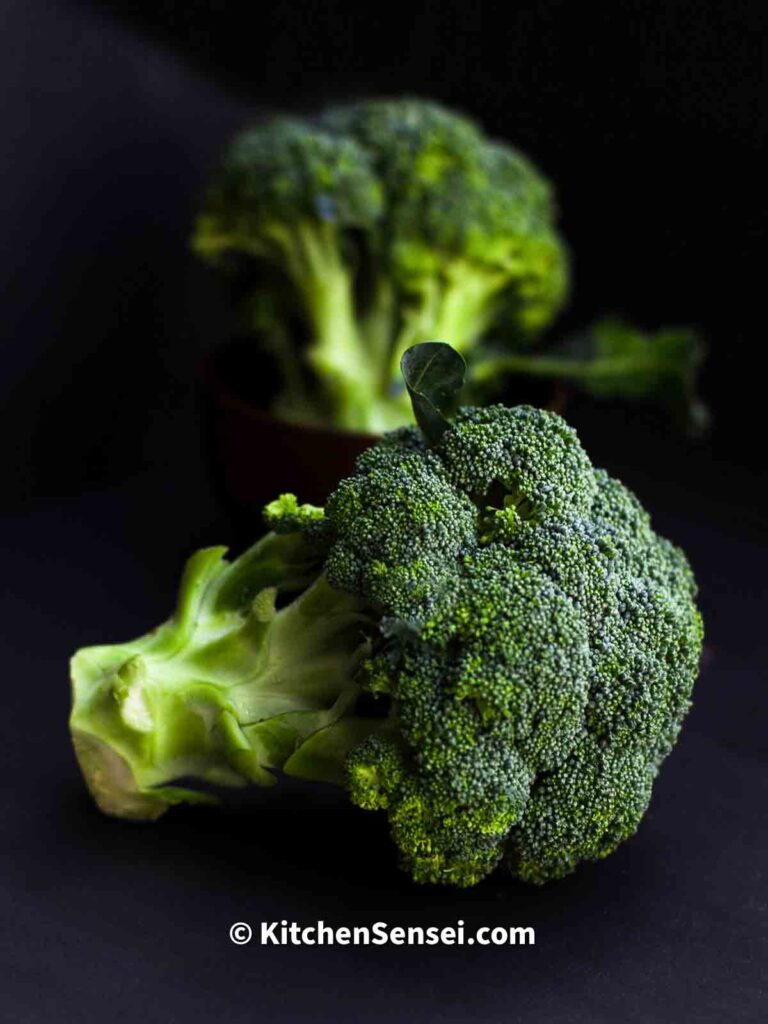
Broccoli is an edible green plant of the cabbage family whose big blooming head, stem, and little attached leaves are consumed as a vegetable.
It is rich in fiber, vitamin C, vitamin K, iron, and potassium, among other nutrients. It is considerably higher in protein than most other vegetables.
You can eat broccoli raw or cooked, but new research indicates that mild steaming delivers the highest health advantages.
2. Brussels sprouts
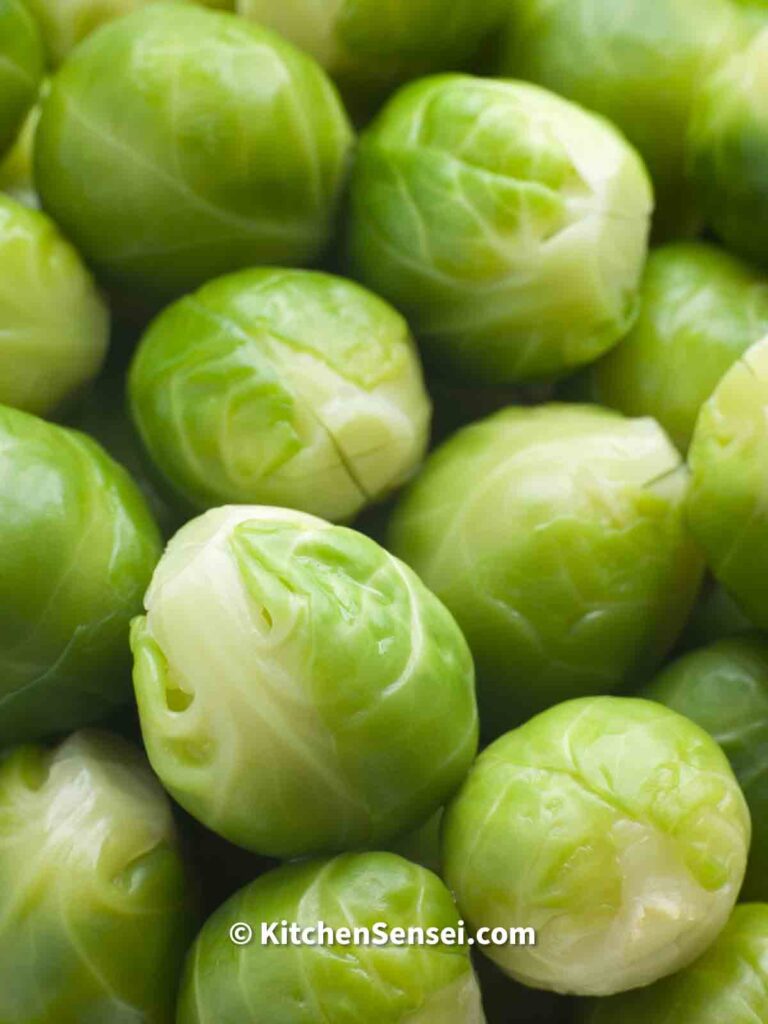
Brussels sprouts are cruciferous vegetables belonging to the Brassica oleracea family alongside broccoli, cabbage, kale, and mustard greens.
The leafy vegetables have an average diameter of 1.5–4.0 cm and resemble tiny cabbages, and are usually sliced, rinsed, and cooked to provide a healthy side dish or main entrée.
Brussels sprouts are high in nutrients, antioxidants, fiber, and vitamin K and provide numerous health benefits.
3. Bok Choy

Bok choy (Pak Choi) is a type of Chinese white cabbage that belongs to the category of cruciferous vegetables.
It is a crisp, emerald-green cabbage with a slight "cabbagey" flavor that can occasionally taste like celery and is rich in vitamins.
Bok choy, like other leafy greens and cruciferous vegetables, is high in health-promoting elements, including a variety of minerals and vitamins.

4. Broccolini
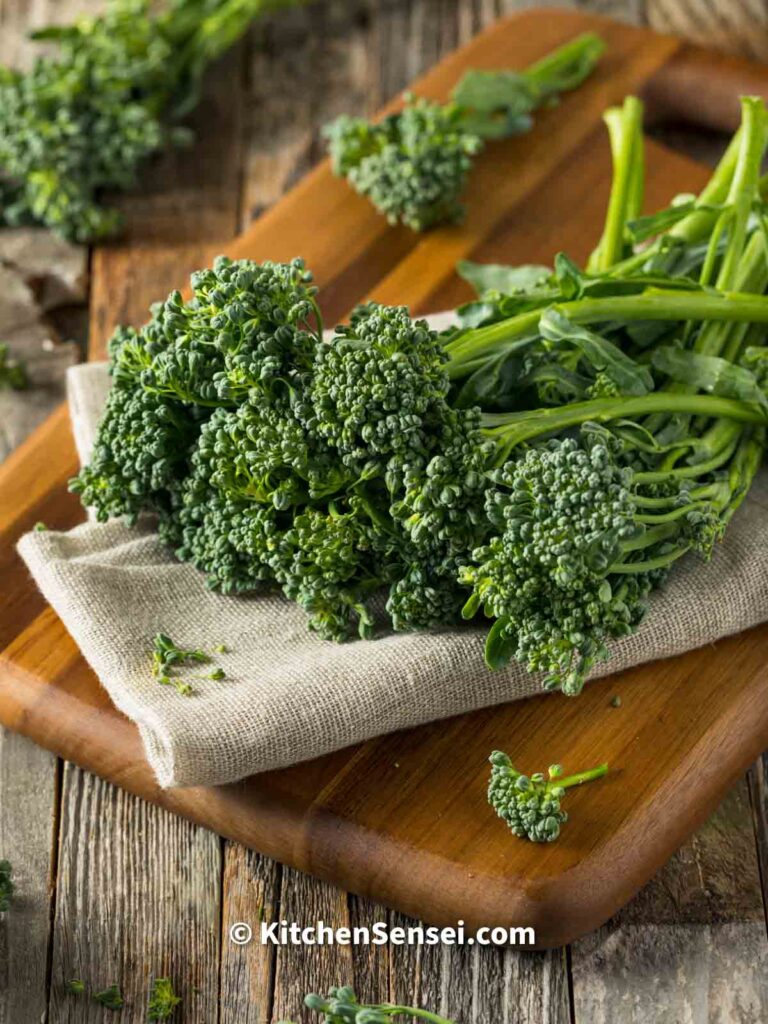
The green vegetable known as broccolini, sometimes known as baby broccoli, is a herbaceous annual or biennial plant that’s similar to broccoli but has fewer florets and longer, thinner stalks. It’s structure is comparable to that of sprouting broccoli.
Brocolini is a cross between the Brassica cultivars gai lan and broccoli, sometimes known as "Chinese kale" or "Chinese broccoli." It has a slender, elongated stem and can reach a height of 31 in
The entire vegetable, including the leaves, young stems, closed flower buds, and flowers, are edible. In terms of taste, though not closely related to asparagus, its flavor is sweet and has characteristics of both vegetables.
5. Broccoli Rabe
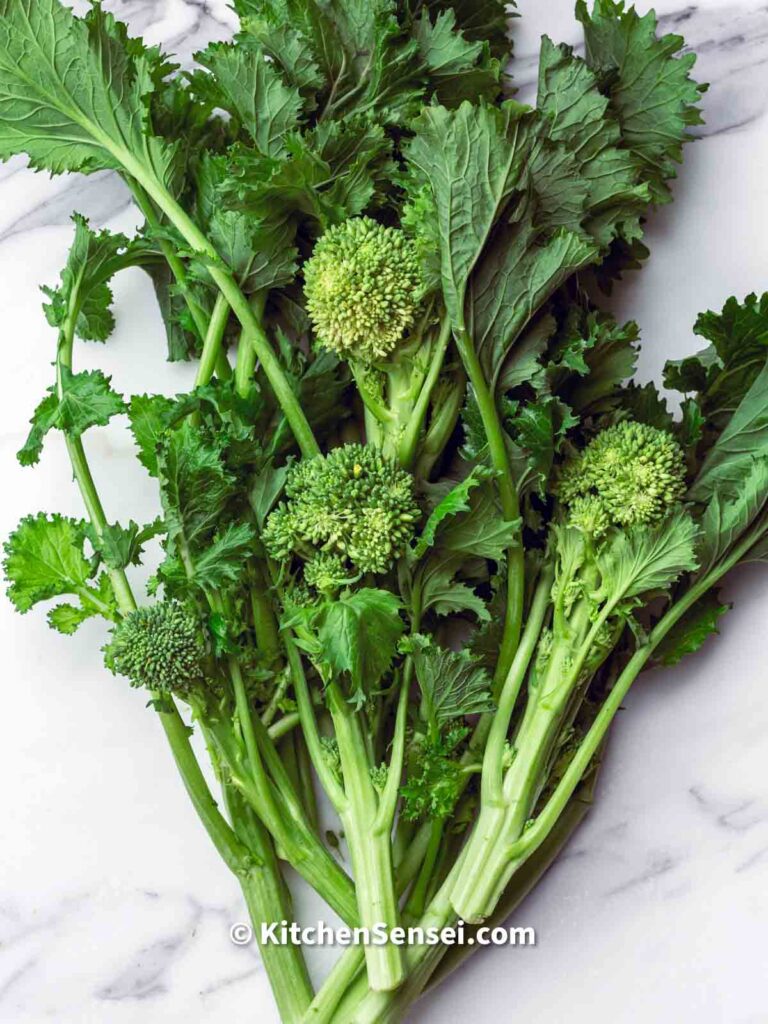
Broccoli rabe also known as Rapini, is a green cruciferous vegetable that is edible from the leaves to the buds and stems. The buds resemble broccoli but do not grow into a large head.
Broccoli rabe has a distinctive butter flavor and is frequently used in Mediterranean cooking.
6. Broccoflower
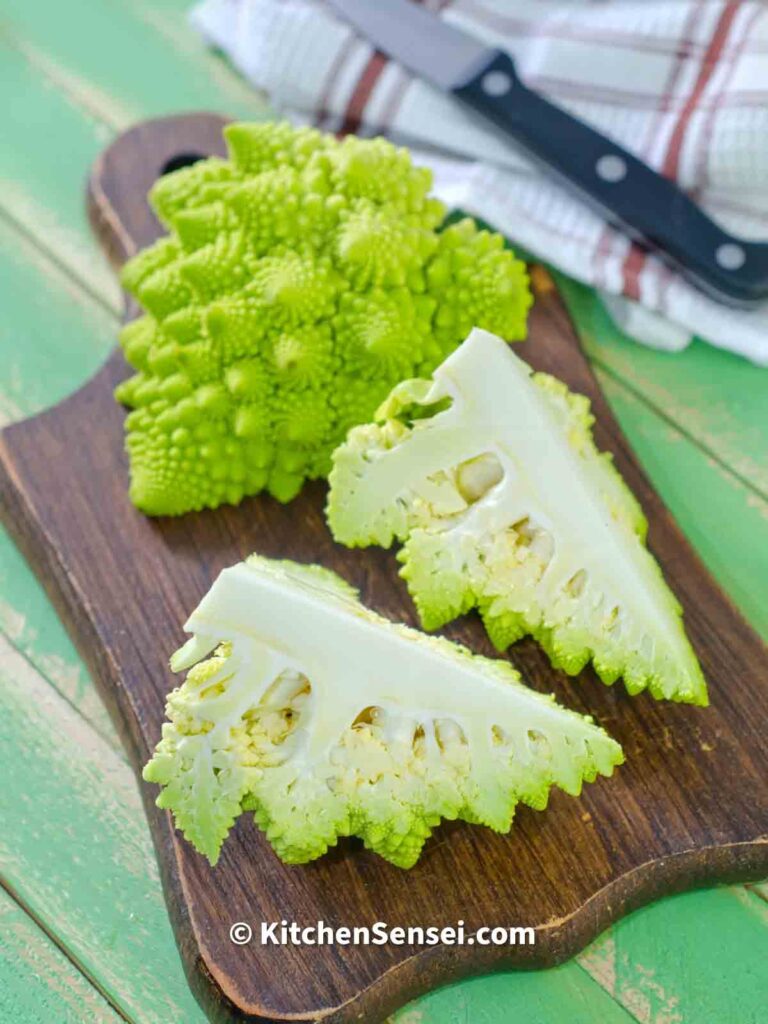
Broccoflower is from the species Brassica oleracea which is a plant species that includes common cultivars such as cabbage, Brussels sprouts, collard greens, Kale and Broccoli.
Since broccoli and cauliflower are different cultivars of the same species, they are completely cross-compatible when pollinated by humans or other natural processes.
Due to the fact that they are harvested with inflorescent meristems rather than flower buds, two varieties of Brassica oleracea—commonly known as broccoflower—are really considered cultivars of cauliflower (Brassica oleracea var. botrytis).
The other has pointy, conical, spiraling clusters of florets while the first is formed like a typical cauliflower. They both have a curd color that somewhat looks like the color of broccoli.
7. Beans
Beans are the edible seeds of some leguminous plants in the genera of the flowering plant family Fabaceae, which are used as vegetables for human or animal food.
They are used in many traditional recipes all around the world and can be prepared in a variety of methods, such as boiling, frying, and baking.
8. Bean Sprout
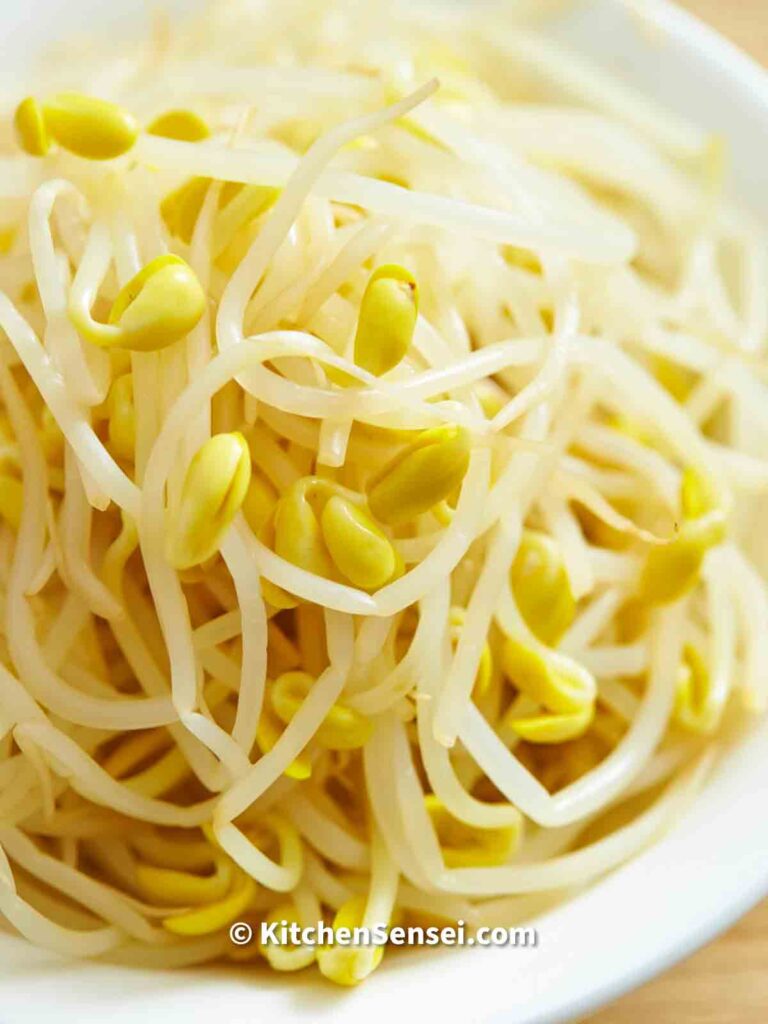
Bean sprouts are the delicate, crunchy root that emerges from a bean. They are crisp and frequently eaten raw or only very little cooked because they are primarily constituted of water. There are a variety of beans that can be used to make sprouts, but these are two popular varieties.
Mung bean sprouts have spherical, yellow, green, or beige heads on thin, crisp white stalks. They are frequently used in Asian and Southeast Asian cuisine, including in dishes like Vietnamese Pho, Chinese stir-fries, Pad Thai, and Japanese ramen. They are sold in both large and small bags in Asian marketplaces.
Alfalfa sprouts, which resemble delicate, wispy little threads, are marketed in plastic berry-shaped containers. They frequently go into salads and
9. Beets

The beetroot is the taproot part of a beet plant, commonly referred to as beets in North America. Beetroot is becoming increasingly popular as a superfood.
According to recent research, beets and beetroot juice can enhance athletic performance, lower blood pressure, and improve blood circulation. Beets can be eaten raw, steamed, boiled, roasted, or pickled.
10. Bell peppers
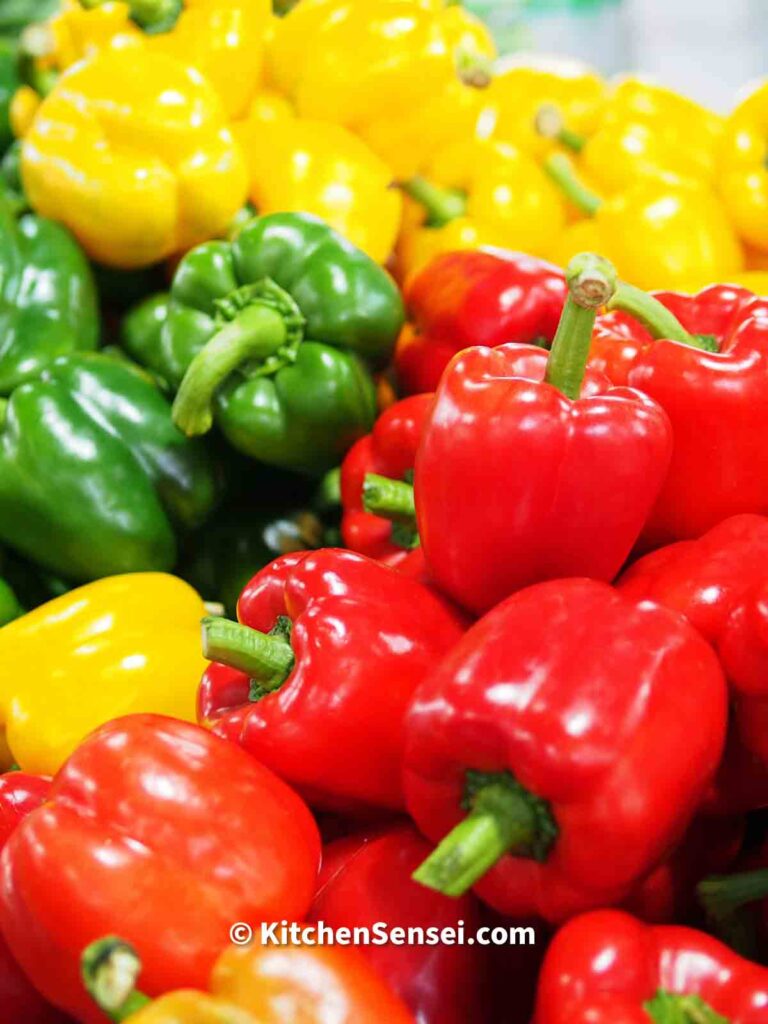
The bell pepper is the fruit of Capsicum annuum plants and is often known as a sweet pepper. They're linked to chili peppers, tomatoes, and breadfruit from South and Central America.
Bell peppers are available in various colors, including red, yellow, orange, and green, and can be eaten raw or cooked.
They're a great complement to a healthy diet due to their low-calorie count and high levels of antioxidants, vitamins C and other nutrients.
11. Black eyed peas
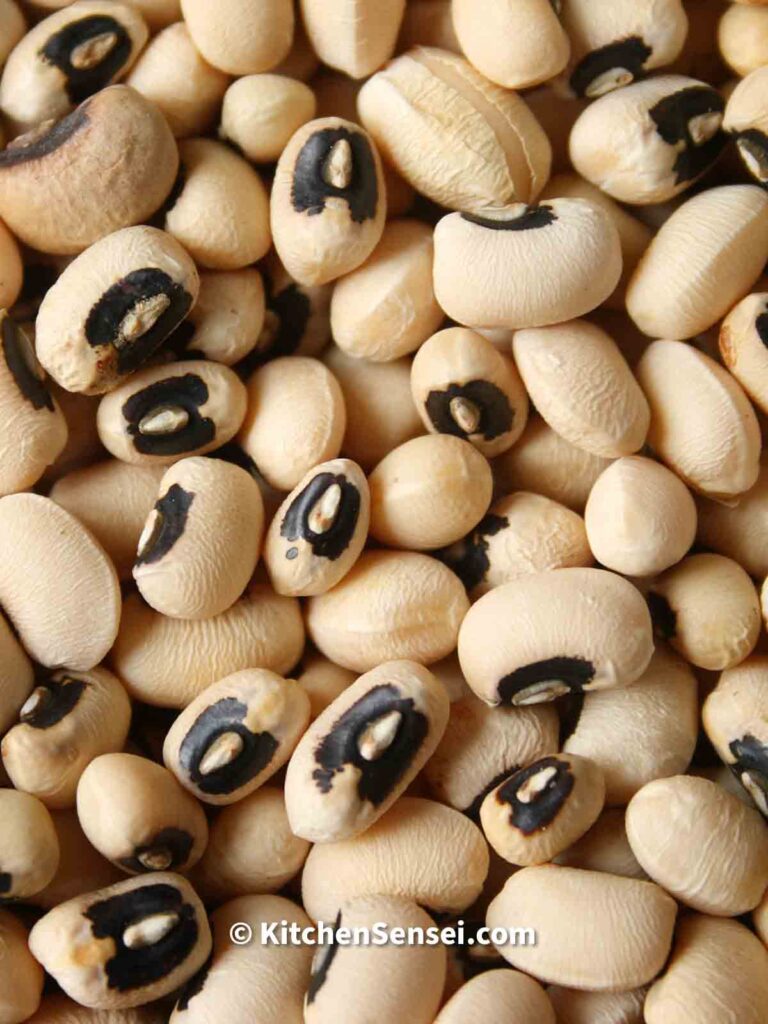
Black-eyed peas, commonly known as cowpeas, are a popular legume grown worldwide. Contrary to their name, black-eyed peas are actually a type of bean.
They're often cream in color and have big eye-like black, brown, or red spots.
Black-eyed beans have a rich, savory flavor and are commonly used in Indian and traditional Southern cooking.
Additionally, each serving of black-eyed peas is highly nutrient-dense, containing an abundance of fiber and protein.
12. Buttercup Squash
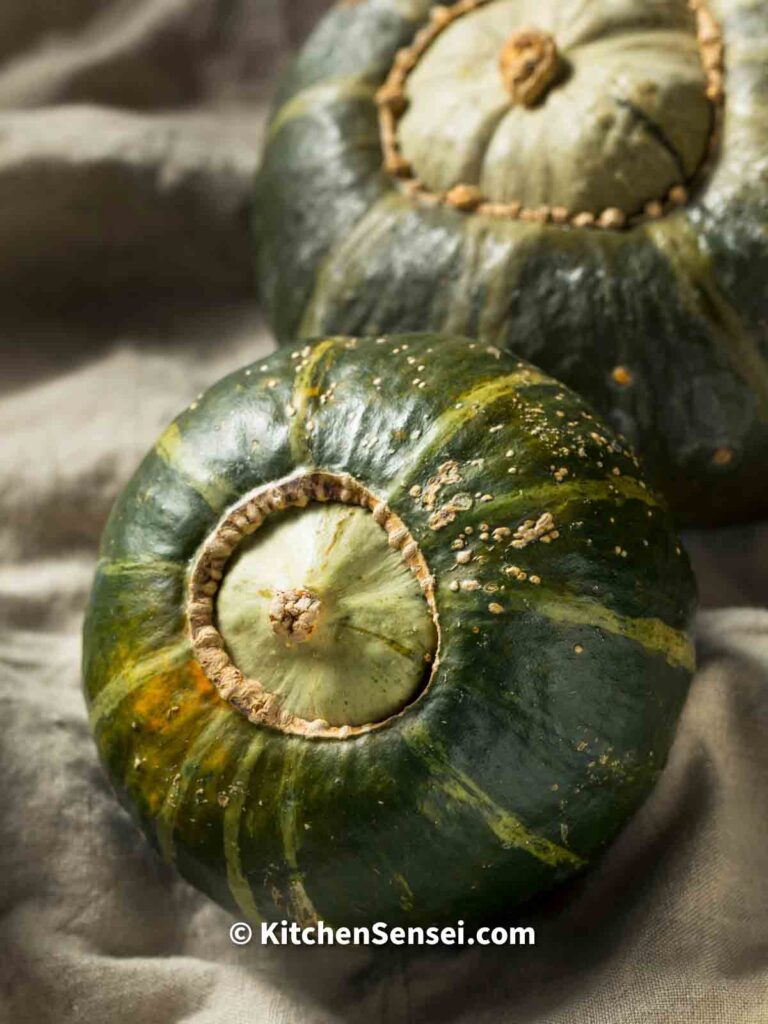
A member of the Cucurbitaceae family, buttercup squash is a winter squash. This green squash gets its name from its shape, which some say resembles an upside-down acorn with an undersized cap. It should not be confused with its cousin, the butternut squash which has a similar name but differs in shape and color.
The typical squash of this variety has a diameter of around 7 inches (17.5 cm) and weighs about 3 pounds (1.4 kilograms), while some individual specimens can reach weights of over 5 pounds (2.7 kilograms).
How does it taste? The buttercup squash has a creamy consistency more similar to the taste of a baked sweet potato than a pumpkin, which is typically more fibrous and watery. It typically has a sweet and nutty taste.
13. Butternut Squash

Butternut squash is also known as butternut pumpkin or gamma. They have tan-colored skin, and orange flesh, and taste sweet and nutty, just like a pumpkin.
They have numerous culinary applications and are an excellent addition to sweet and savory recipes. Although butternut squash can be enjoyed raw, it is often roasted or baked. In addition to being delectable, they are also rich in vitamins, minerals, fiber, and antioxidants.
14. Black beans
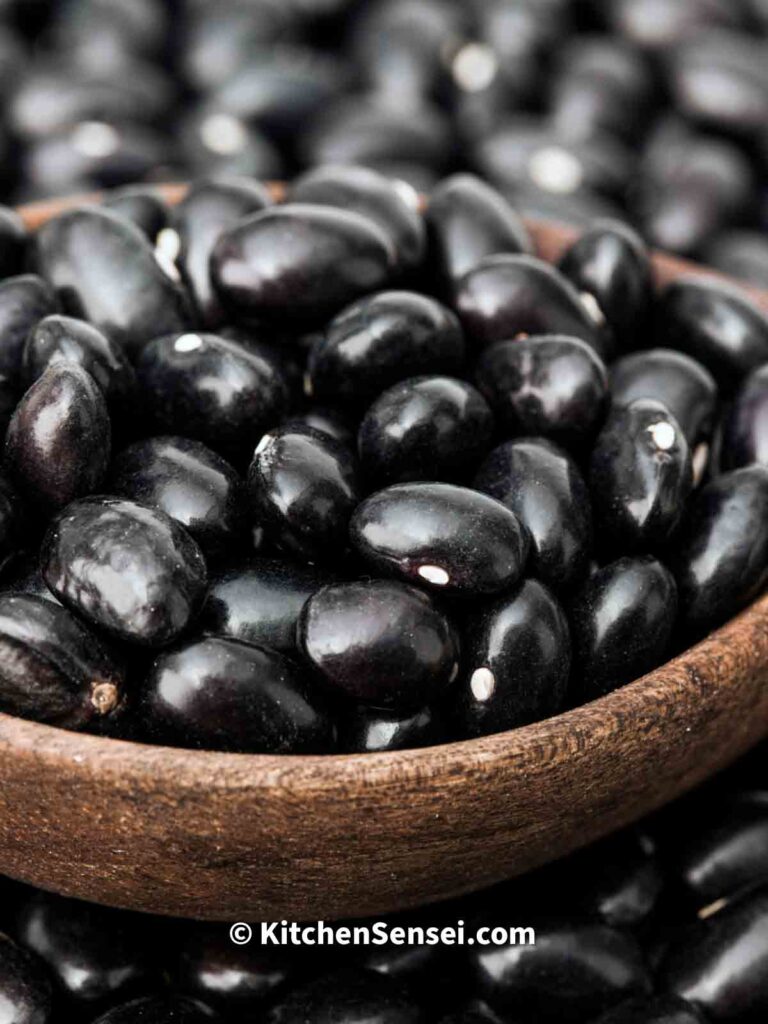
Black beans also known as black turtle beans is a type of beans. Black beans is particularly popular in Latin American cuisines. However it has been found in Cajun, Creole and African cuisines.
15. Bamboo Shoots
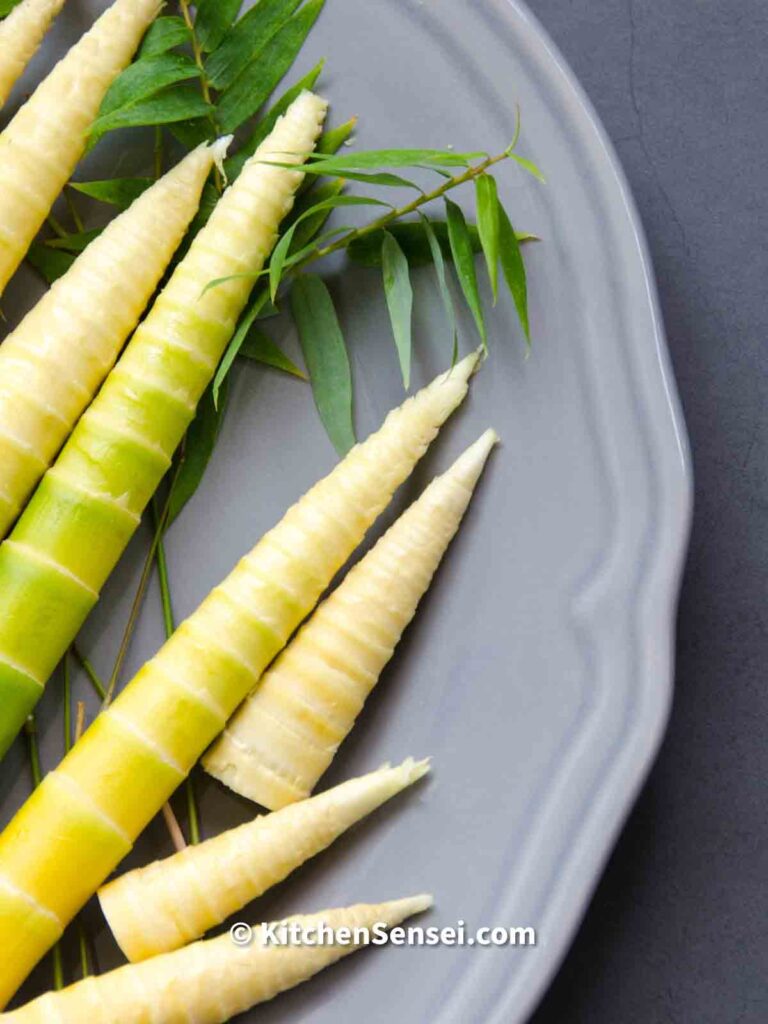
Bamboo shoots are edible shoots of several bamboo species. They're utilized in Asian soups and cuisines.
They have a crisp texture and a mild, earthy flavor and are commonly eaten boiled or canned.
Bamboo shoots may reduce cholesterol levels, promote gut health and may help support weight loss.
16. Bay Leaf
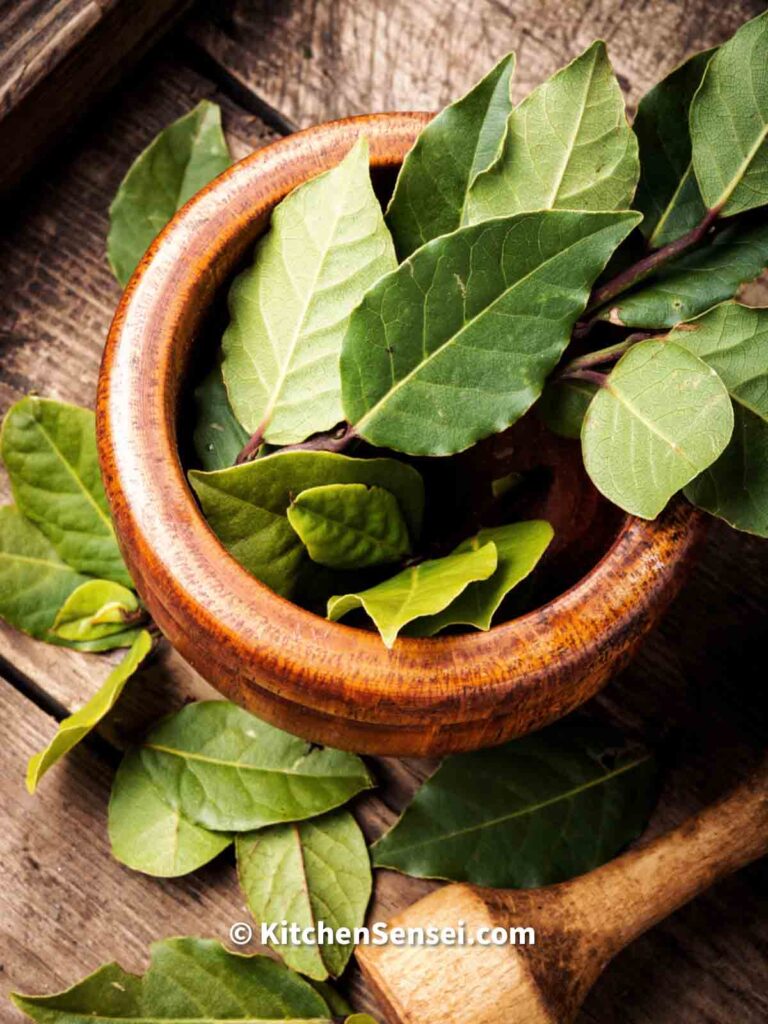
Bay leaf is an aromatic leaf that’s used in cooks. It leads a unique flavor to rice dishes like Jollof rice.
It can be used in its fresh form but it’s most common form is the dry bay leaf which can be used whole or in the ground form
17. Banana Squash
Banana squash.
18. Broad beans
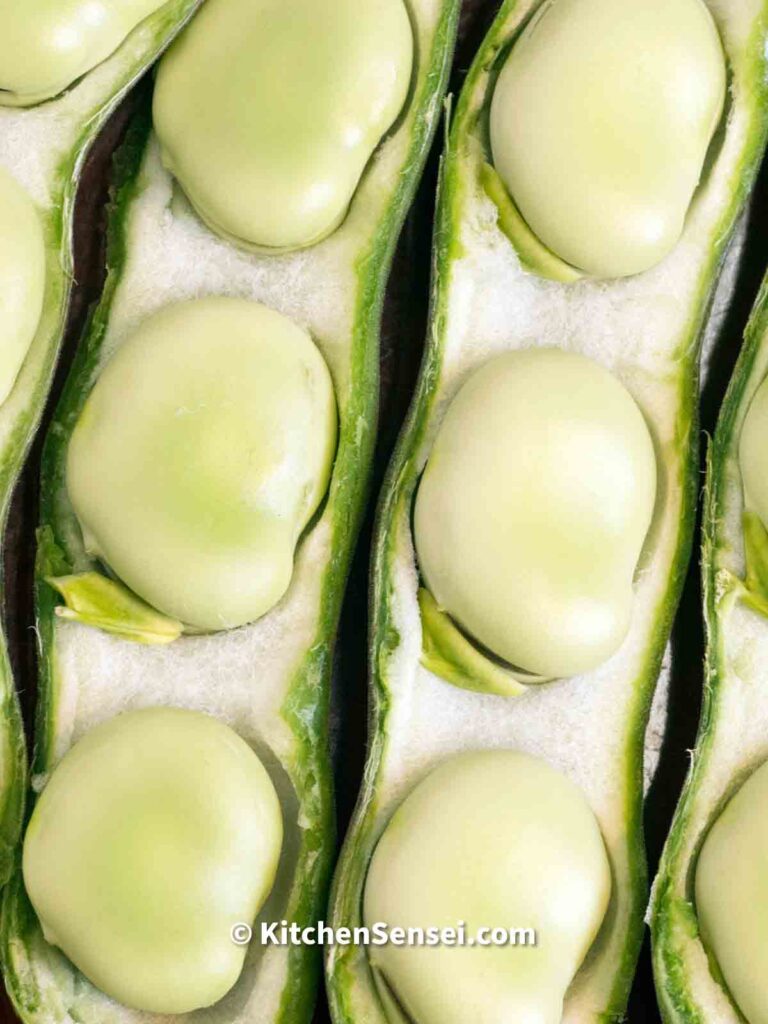
Broad beans, also known as fava beans, are green legumes that grow in pods and are frequently grown for their edible seeds.
The flavor is slightly sweet and earthy, and they're widely used around the world.
Eating fava beans can promote weight loss, boost immunity, and provide additional health advantages.
Fava beans are difficult to prep, but they're best when mashed with olive oil or grilled whole.
19. Black Salsify
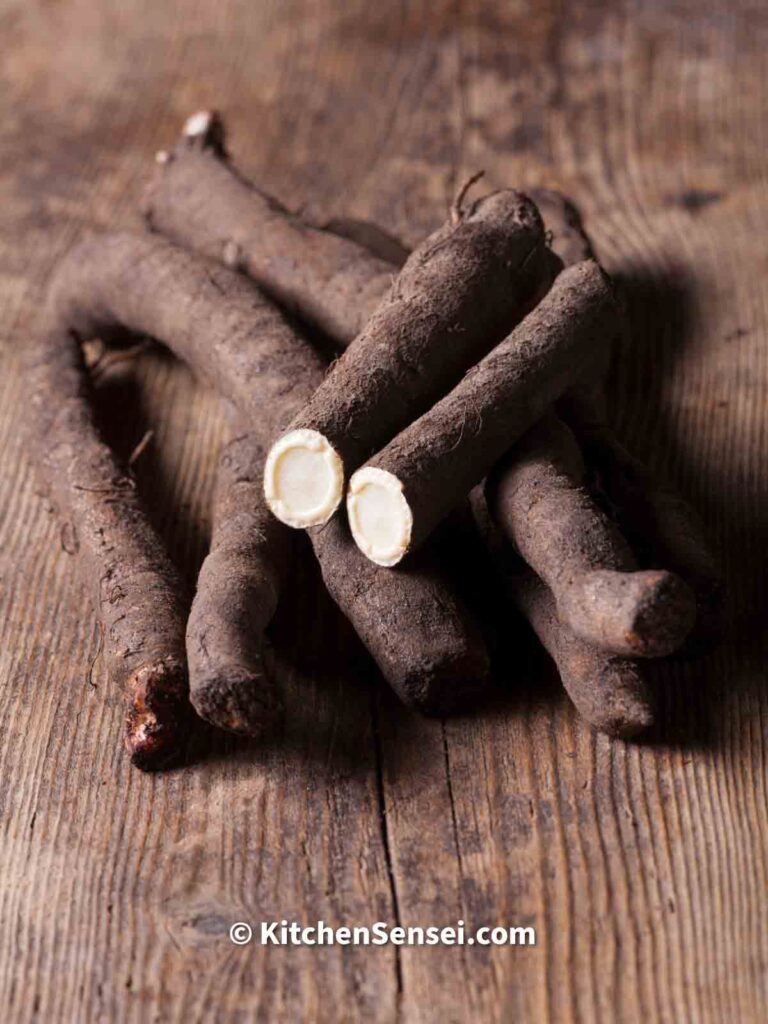
Black salsify has dark skin and is commonly referred to as "vegetable oyster" because of its mild oyster-like flavor.
One seed produces a thin, long root with green, pointed leaves. It's black on the outside yet creamy white on the inside. You can cook it while peeling, and it appears nearly yellow or brown after peeling.
When eaten with butter, black salsify tastes mild and comparable to artichokes. It has a considerably subtle flavor and can be used in a variety of cuisines.
Its high fiber content promotes feelings of fullness and reduces cholesterol levels.
20. Belgian Endive
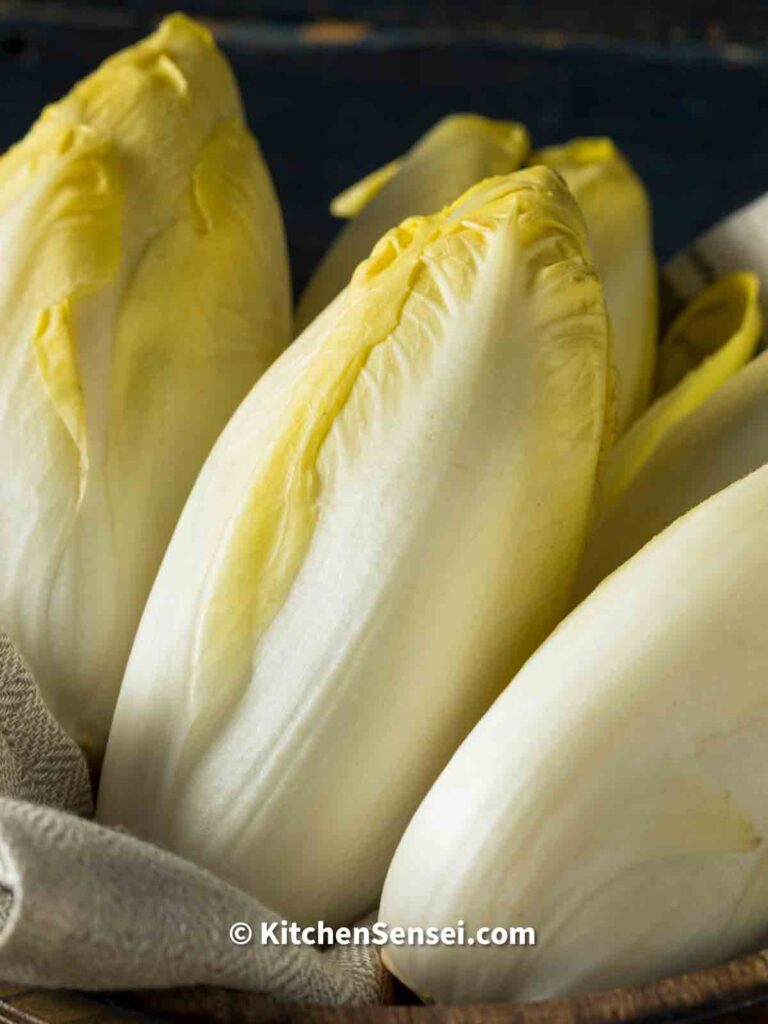
Belgian endive is a tiny, cylindrical head of lettuce (approximately 6 inches long) with closely packed pale yellow leaves with mildly curling edges.
They're mildly bitter and grown just below the surface in dark rooms, similar to mushrooms, to keep the color pale and the subtle flavor intact.
It can be chopped and mostly used in salads, braised whole, or baked as a side dish.
21. Burdock
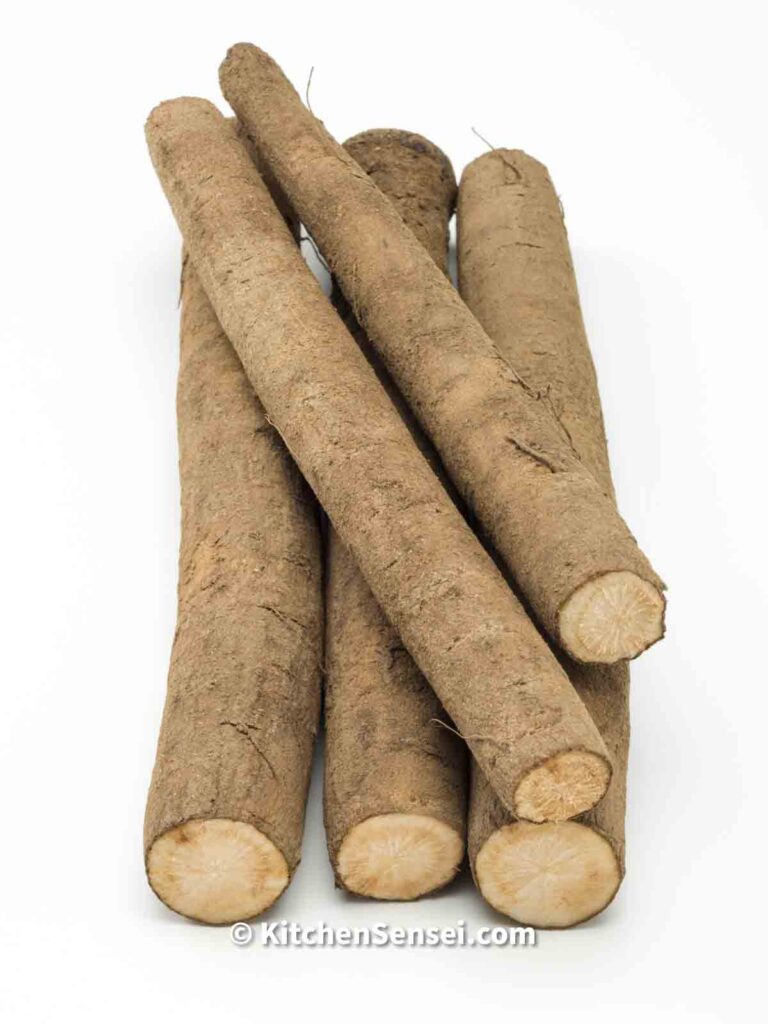
Although native to Northern Asia and Europe, burdock root is now cultivated in the United States.
It has long, thick roots that range in color from beige to brown to practically black on the outer surface.
Burdock root has been utilized in natural medicine for generations. Researchers have identified several uses and health benefits for burdock root, which may be enough to use as a supplemental treatment.
More in this category
This wraps up my list of vegetables starting with B. This list is by no means exhaustive so please if you know any even if it’s in a native language, kindly share with us in the comments below.
I hope you found today’s topic helpful and will add some unique vegetables to your daily menu.
If you enjoyed this guide or love articles like this follow @KitchenSensei on Pinterest for more and don't forget to share this post with loved ones.
Belgian endive is a small, cylinder-shaped lettuce with tightly-packed, pale yellow leaves that have slightly curled edges. Its length is about 6 inches.
Similar to mushrooms, it is grown slightly beneath the soil in dark spaces, where it is moderately bitter to preserve its delicate flavor.

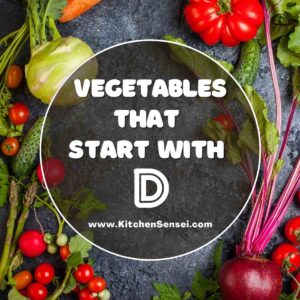


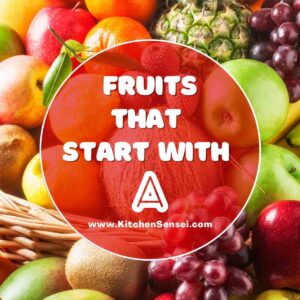
Share your thoughts!